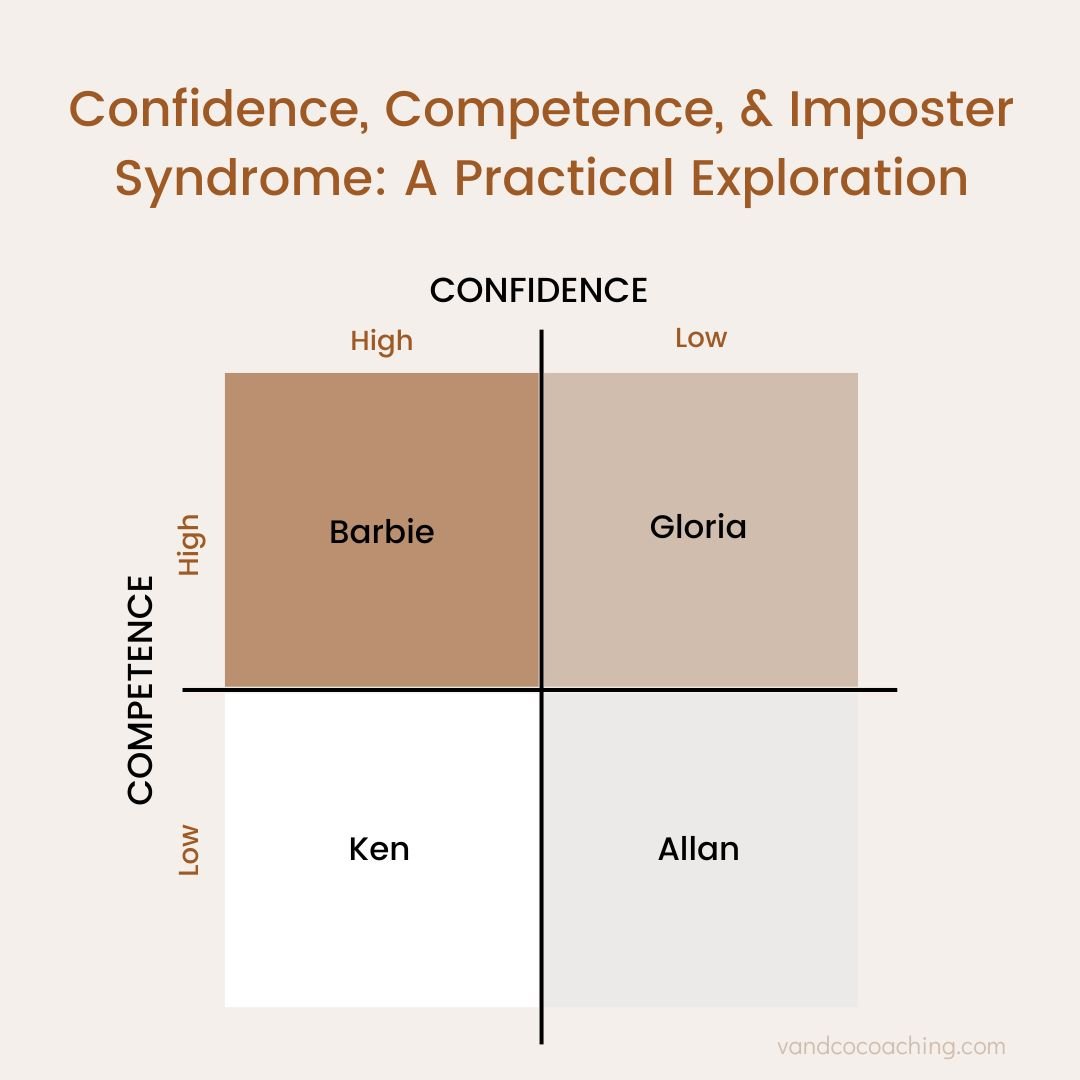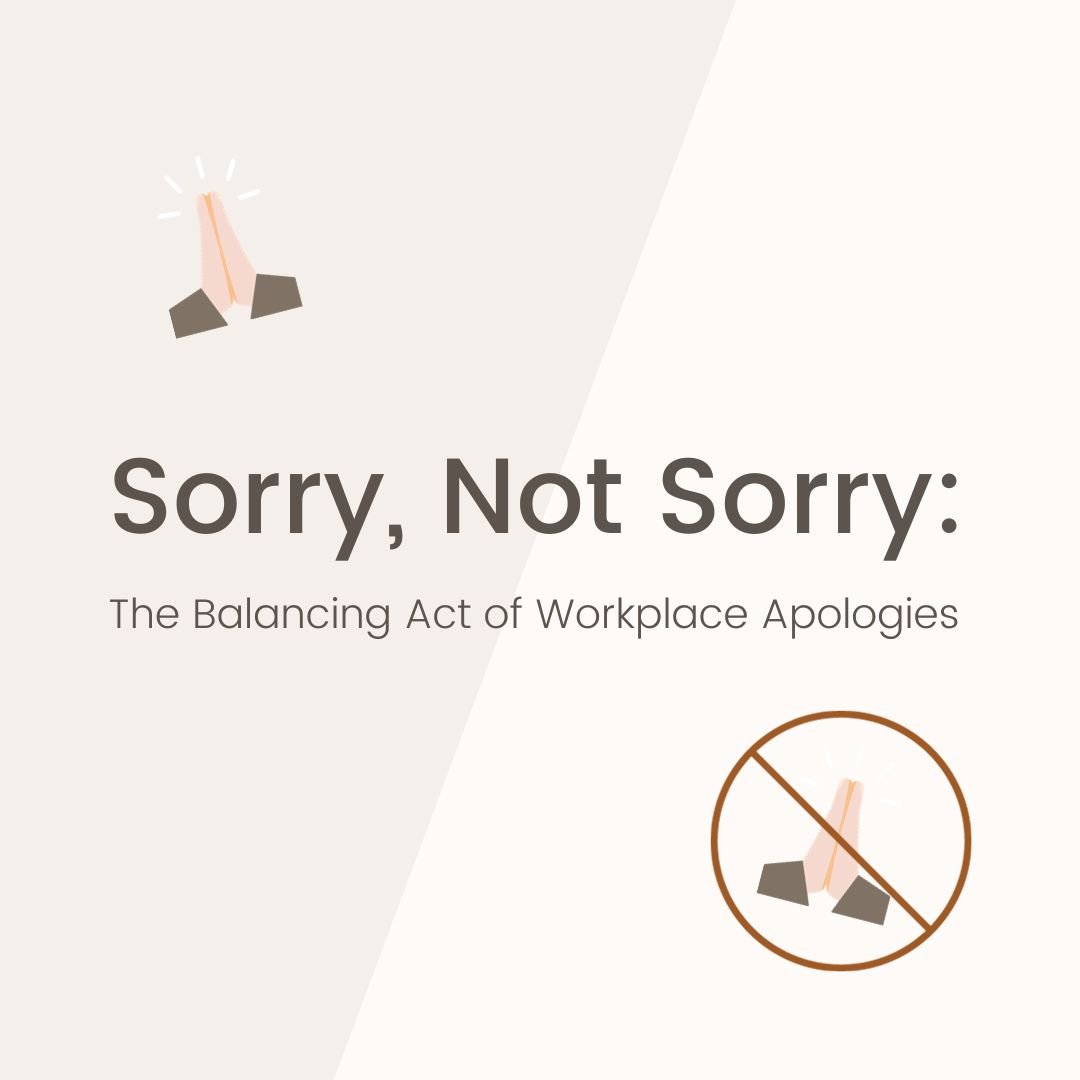Imposter Syndrome 101: What I've Learned from Hundreds of Clients
The other day I was approached by the Daily Mail to give my take on imposter syndrome. Although I missed the deadline to comment, it made me reflect on how often imposter syndrome comes up in my coaching sessions. This topic is particularly close to my heart because it once limited my own career growth. It's like that old Hair Club for Men ad: "I'm not only the hair club president, I'm also a client" — I have both experienced and now specialize in addressing imposter syndrome.
Having worked with hundreds of clients who face this challenge, I’ve gained valuable insights and opportunities for growth that I want to share with you. I’m therefore deviating a little from my normal script for this newsletter to write a two-part series on imposter syndrome. In this first part, I’ll cover the basics, providing a 101-level understanding of imposter syndrome and how to recognize, understand, and overcome it. In the next article, I’ll get into why imposter syndrome is particularly tenacious among high-achieving women. So, let’s get into it.
What Is Imposter Syndrome?
Imposter syndrome, sometimes called imposter (or impostor) phenomenon or fraud syndrome, occurs when people don’t believe their successes are due to their own abilities. They commonly feel self-doubt and fear they will be exposed as frauds for their legitimate achievements.
This term originally coined by psychologists Clance and Imes in 1978 gained more attention after Clance’s 1985 book, The Impostor Phenomenon: Overcoming the Fear That Haunts Your Success. Initially identified in high-achieving professional women, it’s now recognized that people of all genders and backgrounds experience these feelings. Impostor syndrome affects individuals both personally and professionally, causing them to attribute their successes to luck or external help while viewing setbacks as proof of their inadequacy.
Recognizing The Signs of Imposter Syndrome
In their study, Clance and Imes did not find a single diagnostic category for imposter syndrome. Instead, general anxiety, depression, lack of self-confidence, and frustration related to the inability to meet self-imposed standards, all surfaced as clinical symptoms.
I’ve noticed some common phrases and behaviors tied to imposter syndrome, such as:
“I got here by chance”
“I’m afraid of what they’ll say”
“I’m worried I’ll fail”
“I’m not as talented as they think”
“I’m not smart/talented/experienced/educated enough”
Common Behaviors Tied to Imposter Syndrome Include:
Self-Criticism - Overemphasizing mistakes and problems in life, keeping individuals in a self-deprecating spiral and distracting them from recognizing their accomplishments.
Seeking External Validation - Even when on the right track and making progress, constantly seeking approval before finalizing a project. Looking for reassurance and asking others to review their work, despite being given the responsibility to take the lead.
Fear of Self-Promotion - Lacking the confidence to celebrate their wins, individuals don't take credit for the work they produce. Even when congratulated on their successes, they often opt for a more humble reaction.
Overthinking/Overpreparing - Feeling like their work is never good enough. Setting high standards for themselves and being anxious about not falling short, resulting in spending excessive amounts of time preparing for meetings, tasks, and projects.
Failure to Launch - Struggling to start new projects or take on additional responsibilities due to a fear of not meeting their own or others' expectations. This hesitation and procrastination can stem from a deep-seated fear of failure or being exposed as inadequate
Recognizing these common phrases and behaviors is the first step towards addressing imposter syndrome. By acknowledging these patterns we can begin to challenge these negative thoughts and behaviors.
Understanding Imposter Syndrome as a Thinking Trap
The common thread behind all these phrases and behaviors is that they’re brought on by ourselves. Our inner mind creates a false narrative and depiction of our full capabilities. If we let the false narrative take control, we’ll find ourselves in none other than a thinking trap. For those unfamiliar, thinking traps are common patterns of irrational, unhelpful thoughts that shape how we see, feel, and act in the world. The operative word of course being irrational. We trap ourselves into thinking we are not good enough, or we don’t deserve our success, and then in turn begin to act this way.
In many ways, thinking traps are a form of protection. As I often say, humans have evolved for survival, not for joy. There is an evolutionary benefit to always being on the lookout for threats. Our brains have adapted to thinking in negative patterns to keep us alert and safe from potential danger. This constant vigilance was crucial for our ancestors' survival but can lead to irrational thoughts in today's world. It’s why steering our thoughts toward more positive interpretations of ourselves is HARD. We are more wired to be in survival mode, constantly self-critiquing, rather than embracing the reality that we’re OK.
Overcoming: Don’t Give In! Strategies to Beat Imposter Syndrome
If you take away anything from this article, I hope it’s the concept that thinking traps, including imposter syndrome, are NORMAL. Having imposter syndrome or imposter-like thoughts is NORMAL.
It's part of who we are and who we evolved to be. That’s why Clance’s initial coining of the term has grown to a near 30 page list of articles of additional studies over the years. It’s also why celebrities from Michelle Obama, to Tom Hanks and Natalie Portman admit to feeling like a fraud despite decades of experience and numerous accolades. Everyone fights this battle (or at least 70% of the population.)
The trick, however, is not giving into these thoughts, or at least not letting them lead to self-sabotaging behaviors. It's okay to feel like an imposter, but do the thing anyway. Best practices suggest recognizing these thoughts for what they are: normal and not necessarily meaningful. Develop strategies to manage your unhelpful thought patterns effectively.
Here are some tips and tricks to support this:
Get distance from your thoughts. Realize thoughts are simply…. thoughts. Talk to others about how you are viewing yourself. Let a coach, trusted friend, or even a group of people serve as your jury. If they can identify your successes, so can you.
Put your thoughts on trial. Treat imposter syndrome as a thinking trap by challenging negative thoughts and questioning their validity. Use tools like a "brag book" or success documentation to provide concrete evidence against unhelpful thinking patterns. You can directly challenge your thoughts but asking yourself questions such as, "Do I have enough evidence for this thought?" or "What would I tell a friend in the same situation?" Use your imagination to generate alternative responses to show multiple interpretations of the situation and counteract irrational thoughts.
Practice self-compassion – treat yourself like you would a dear friend. A study by Kristin Neff (2003) found that self-compassionate individuals are less likely to ruminate on their perceived failures and more likely to engage in constructive problem-solving. This reduction in self-criticism helps counteract the negative self-assessment central to imposter syndrome.
Cultivate mindfulness as a foundational skill. Cultivate practices such as meditation, journaling, or yoga to connect to yourself. This is helpful because it creates the necessary space between thought and reaction, allowing you to respond more intentionally
Take Dr. Clance’s Impostor Phenomenon Scale assessment to grow awareness of where you fall on the IP scale.
Moving Forward
Recognizing and addressing imposter syndrome is a vital step toward personal and professional growth. By understanding the common phrases and behaviors associated with imposter syndrome, we can begin to challenge the negative thoughts and cognitive distortions that hold us back. Remember, experiencing imposter syndrome is normal and a part of our human experience. It's crucial to acknowledge these feelings, but not let them dictate our behaviors. Developing strategies like seeking external validation, practicing mindfulness, and putting our thoughts on trial can help us manage imposter syndrome effectively. In my next article, I will explore why imposter syndrome is particularly persistent among high-achieving women and explore further strategies to overcome it. Stay tuned!




































